The Best Companion Plants For Potatoes
Title: The Best Companion Plants for Potatoes
Introduction:
Potatoes are a delicious and versatile vegetable that can be enjoyed in many different ways. But did you know that there are certain plants that can help to improve the growth and yield of your potato crop? Companion planting is the practice of planting different types of plants together in order to benefit each other. By planting the right companion plants with your potatoes, you can deter pests, improve soil health, and boost yields.
In this blog post, we will discuss the best companion plants for potatoes. We will also provide some tips on how to plant and care for these plants together.
Main Content:
Here are some of the best companion plants for potatoes:
- Beans: Beans are a great companion plant for potatoes because they fix nitrogen in the soil, which helps to improve the growth of both plants. Beans also help to suppress weeds, which can help to keep your potato crop healthy.
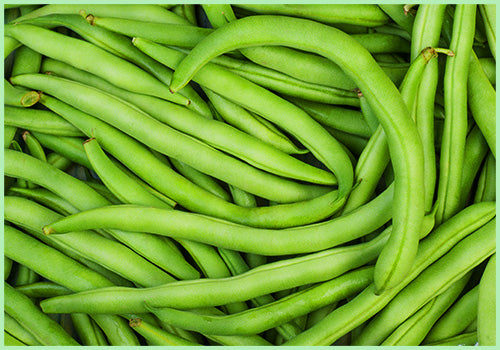
- Cabbage family plants: Cabbage family plants, such as broccoli, cauliflower, and kale, have shallow root systems that will not compete with the deep roots of potatoes. These plants also help to attract beneficial insects, which can help to control pests.

- Chives: Chives are a shallow-rooted herb that attracts beneficial insects, such as ladybugs and hoverflies. These insects can help to control pests, such as aphids and Colorado potato beetles. Chives also have a strong scent that can help to deter pests.
- Cilantro: Cilantro is another herb that attracts beneficial insects. It also has a strong scent that can help to deter pests. Cilantro is a good companion plant for potatoes because it can be harvested early in the season, which will give the potatoes more space to grow.

- Corn: Corn is a tall plant that can help to provide shade for potato plants. This can help to keep the potatoes cool and prevent them from developing sunscald. Corn also helps to attract beneficial insects, such as parasitic wasps.
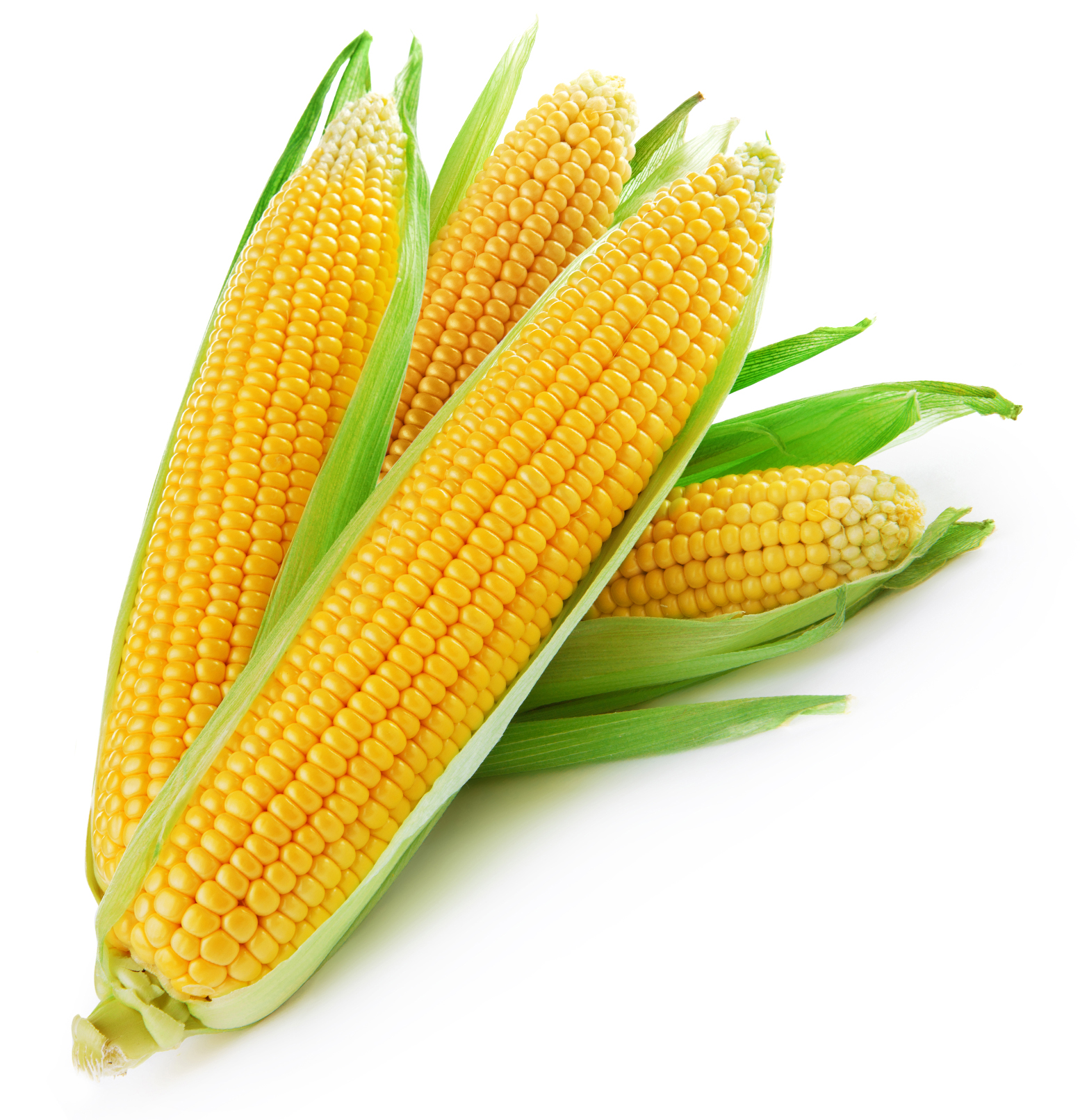
- Marigolds: Marigolds are a popular flower that is often used as a companion plant. They have a strong scent that can help to deter pests, such as nematodes and aphids. Marigolds also help to improve soil health by suppressing weeds and attracting beneficial insects.

- Nasturtiums: Nasturtiums are another flower that is often used as a companion plant. They have a strong scent that can help to deter pests, such as aphids and whiteflies. Nasturtiums also help to improve soil health by attracting beneficial insects and suppressing weeds.
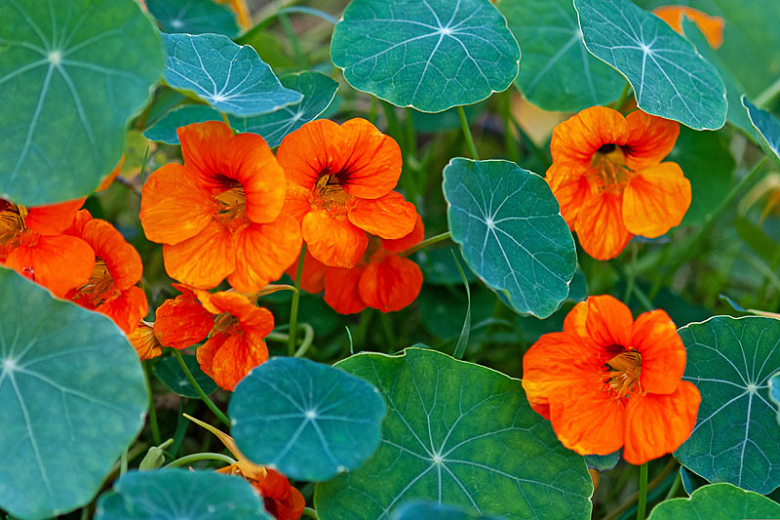
- Peas: Peas are a legume that fixes nitrogen in the soil, which helps to improve the growth of both plants. Peas also help to suppress weeds, which can help to keep your potato crop healthy.
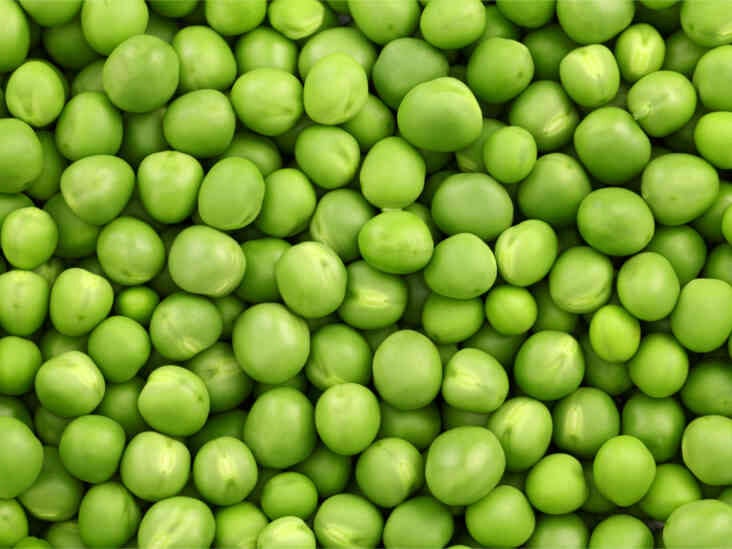
- Petunias: Petunias are a popular flower that is often used as a companion plant. They have a strong scent that can help to deter pests, such as mosquitoes and whiteflies. Petunias also help to improve soil health by attracting beneficial insects.

- Spinach: Spinach is a leafy green vegetable that can be planted between potato rows. It has a shallow root system that will not compete with the deep roots of potatoes. Spinach also helps to suppress weeds, which can help to keep your potato crop healthy.

Here are some tips on how to plant and care for companion plants with potatoes:
- Plant your companion plants in the same row as your potatoes, or in the spaces between rows.
- Space your companion plants according to their mature size.
- Water your companion plants regularly, especially during dry weather.
- Fertilize your companion plants as needed.
- Inspect your companion plants regularly for pests and diseases.
Conclusion:
By planting the right companion plants with your potatoes, you can improve the growth and yield of your crop. Companion planting can also help to deter pests, improve soil health, and boost yields. So if you're looking for a way to improve your potato crop, be sure to consider planting some companion plants.
Potatoes are a staple crop in many gardens, but did you know that there are certain plants that can help them thrive? Companion planting is the practice of planting certain plants together to benefit each other. For example, planting potatoes with beans can help to repel pests and improve the soil quality.
If you're interested in learning more about companion planting with potatoes, I recommend visiting Garden Wiki. This website has a wealth of information on the topic, including a list of plants that are good companions for potatoes.
FAQ of companion to potatoes
- What are the best companion plants for potatoes?
Some of the best companion plants for potatoes include:
Beans: Beans fix nitrogen in the soil, which helps to improve the growth and productivity of potatoes.
Cabbage family plants: These plants help to repel pests and diseases that can damage potatoes.
Corn: Corn helps to improve the flavor of potatoes and also makes the best use of available space in the vegetable patch.
Garlic and onions: The pungent aroma of these plants is thought to repel pests and diseases.
Lettuce, spinach, scallions, and radishes: These shallow-rooted vegetables can be planted between potato plants without competing for space or nutrients.
What plants should I avoid planting next to potatoes?
Some plants that should be avoided planting next to potatoes include:
Tomatoes: Tomatoes and potatoes are both susceptible to the same pests and diseases, so planting them together can increase the risk of infection.
Eggplants: Eggplants are also susceptible to the same pests and diseases as potatoes, so it is best to avoid planting them together.
Peppers: Peppers can compete with potatoes for nutrients, so it is best to avoid planting them together.
Cucumbers: Cucumbers can attract pests that can damage potatoes, so it is best to avoid planting them together.
Pumpkins/squash: Pumpkins/squash can compete with potatoes for space, so it is best to avoid planting them together.
Onions: Onions can repel some pests that can damage potatoes, but they can also compete with potatoes for nutrients. It is best to plant onions and potatoes in separate areas of the garden.
Fennel: Fennel can repel some pests that can damage potatoes, but it can also compete with potatoes for nutrients. It is best to plant fennel and potatoes in separate areas of the garden.
Carrots: Carrots can compete with potatoes for nutrients. It is best to plant carrots and potatoes in separate areas of the garden.
Can I plant beetroot next to potatoes?
Yes, you can plant beetroot next to potatoes. Beetroot is a root vegetable that does not compete with potatoes for space or nutrients. In fact, beetroot can help to improve the flavor of potatoes.
Image of companion to potatoes
- Beans: Beans fix nitrogen in the soil, which helps to improve the fertility of the soil for potatoes.
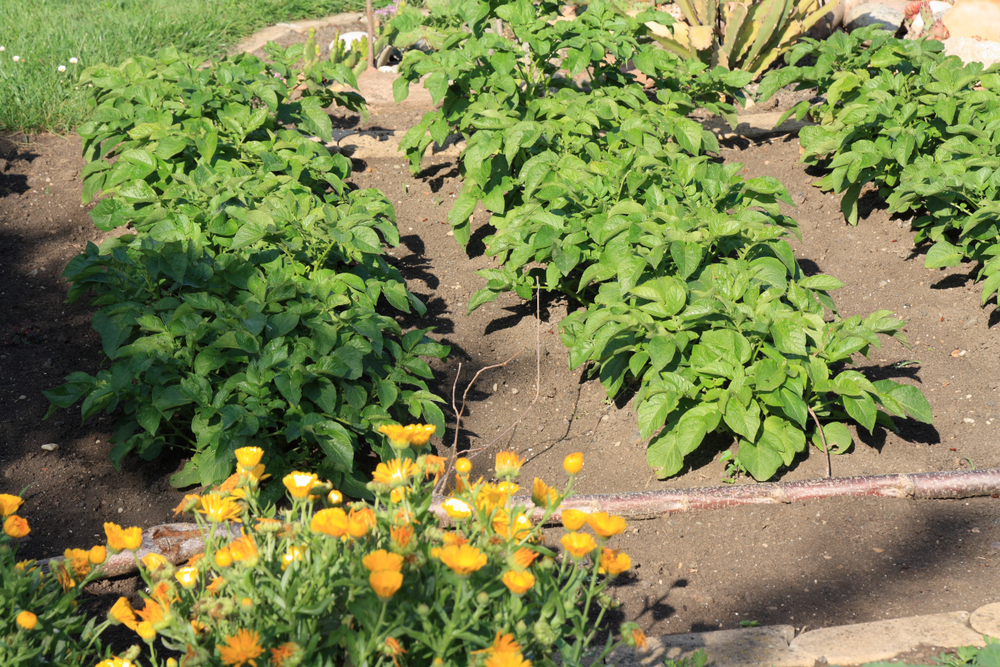
- Carrots: Carrots help to repel pests that can damage potatoes, such as aphids and potato beetles.
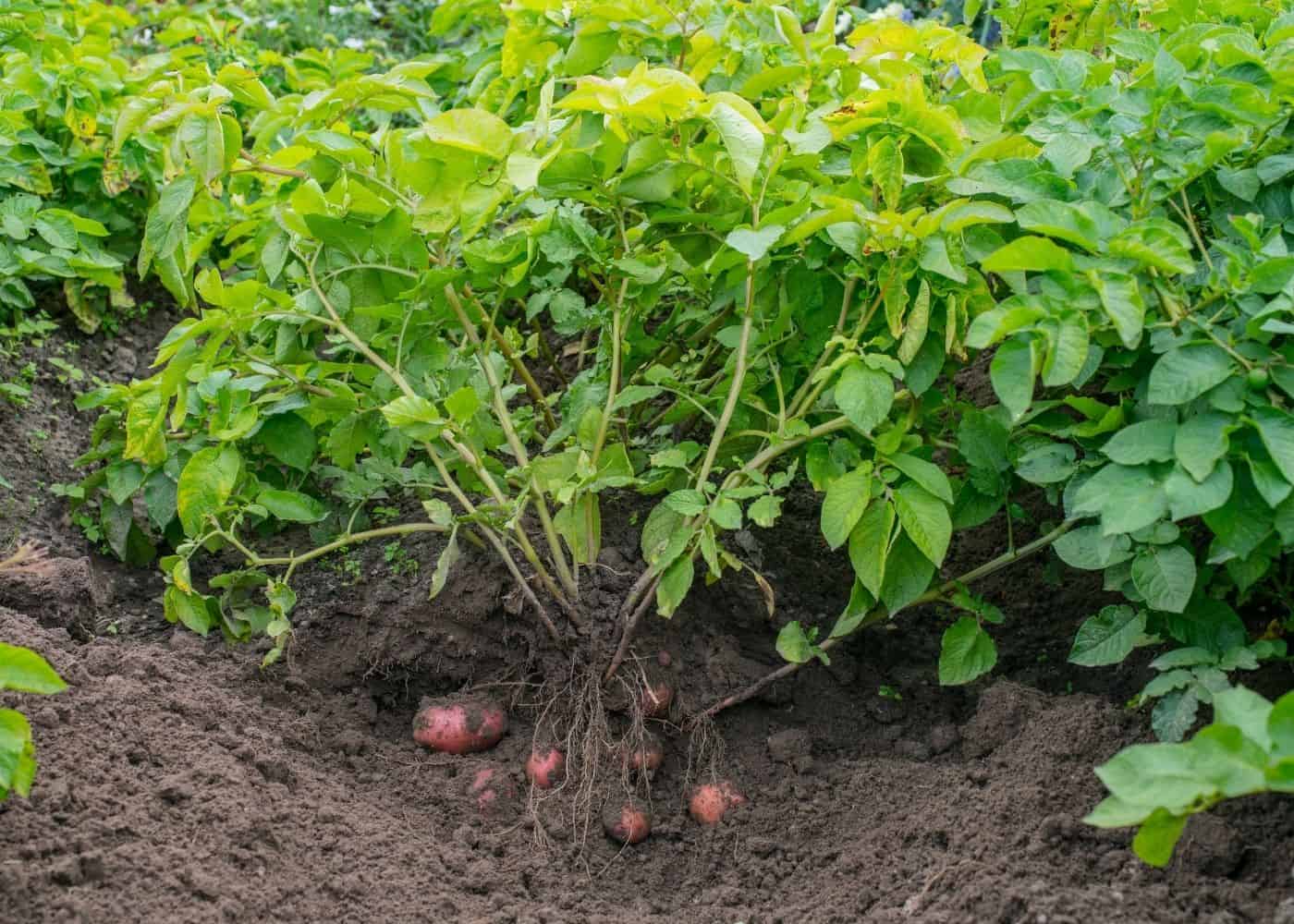
- Cucumbers: Cucumbers help to suppress weeds that can compete with potatoes for water and nutrients.
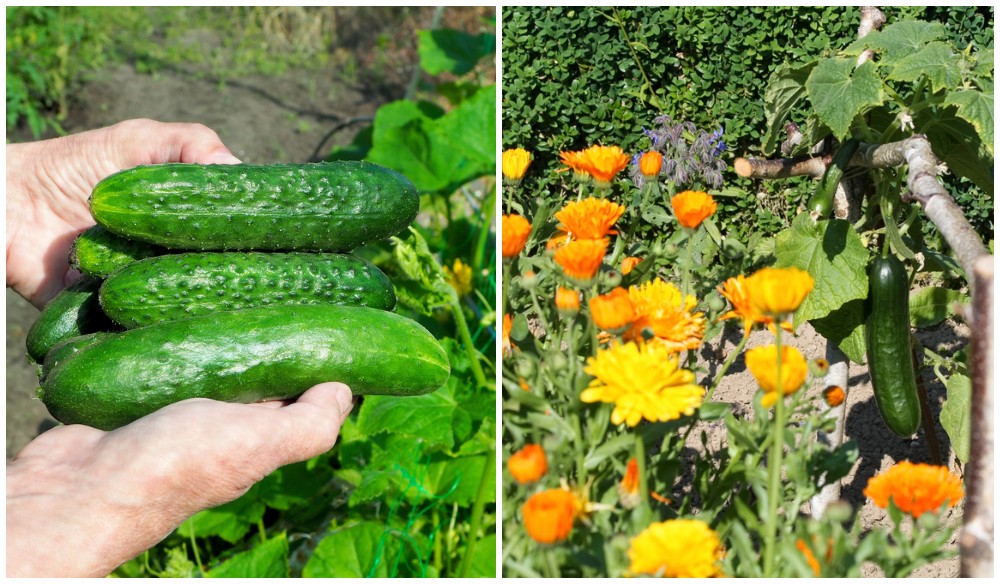
- Lettuce: Lettuce helps to shade the soil around potatoes, which helps to keep the soil cool and moist.

- Melons: Melons help to attract pollinators, which help to increase the yield of potatoes.
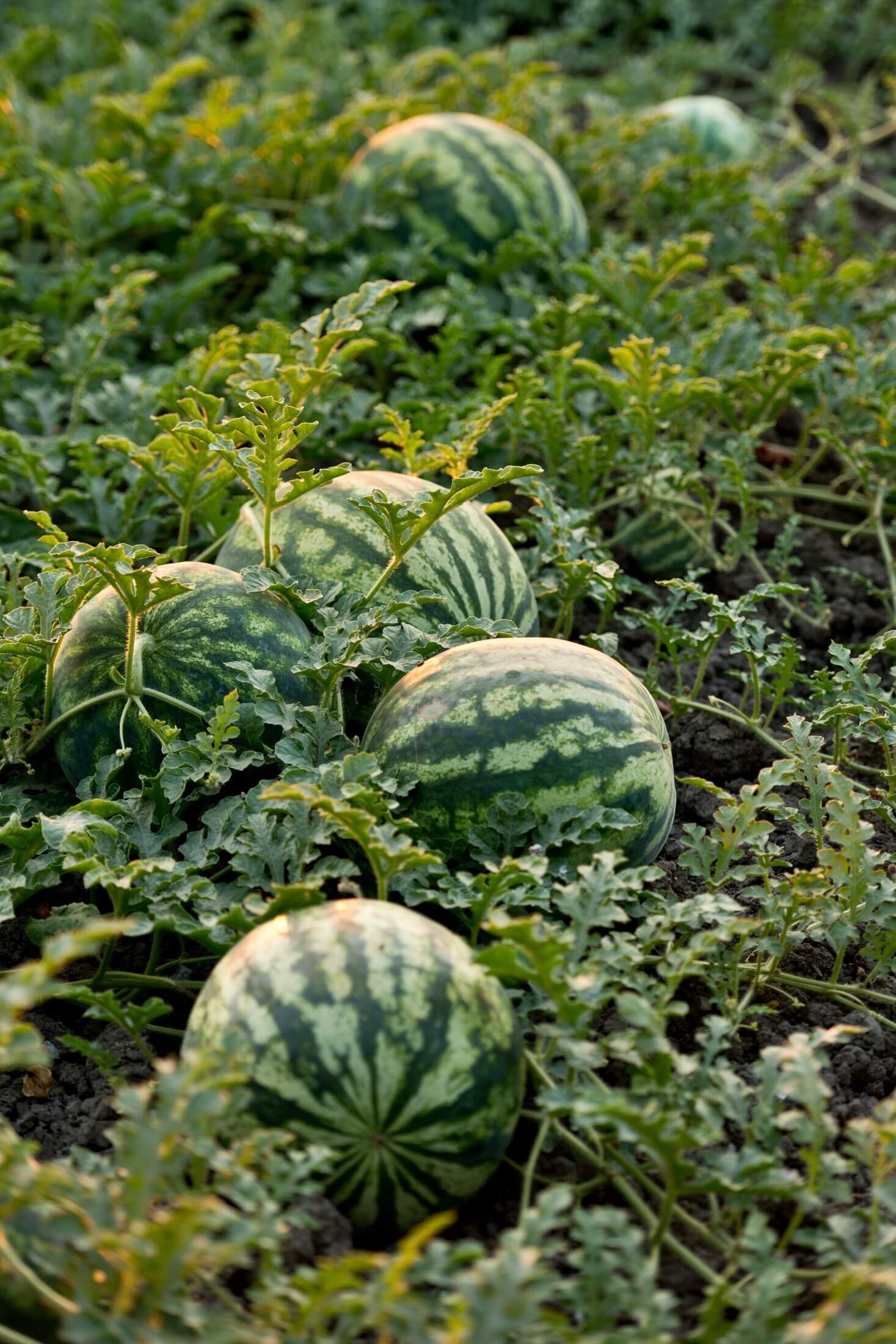
- Peas: Peas fix nitrogen in the soil, just like beans, and they also help to suppress weeds.

- Pumpkins: Pumpkins help to suppress weeds and they also help to attract beneficial insects, such as ladybugs and lacewings.
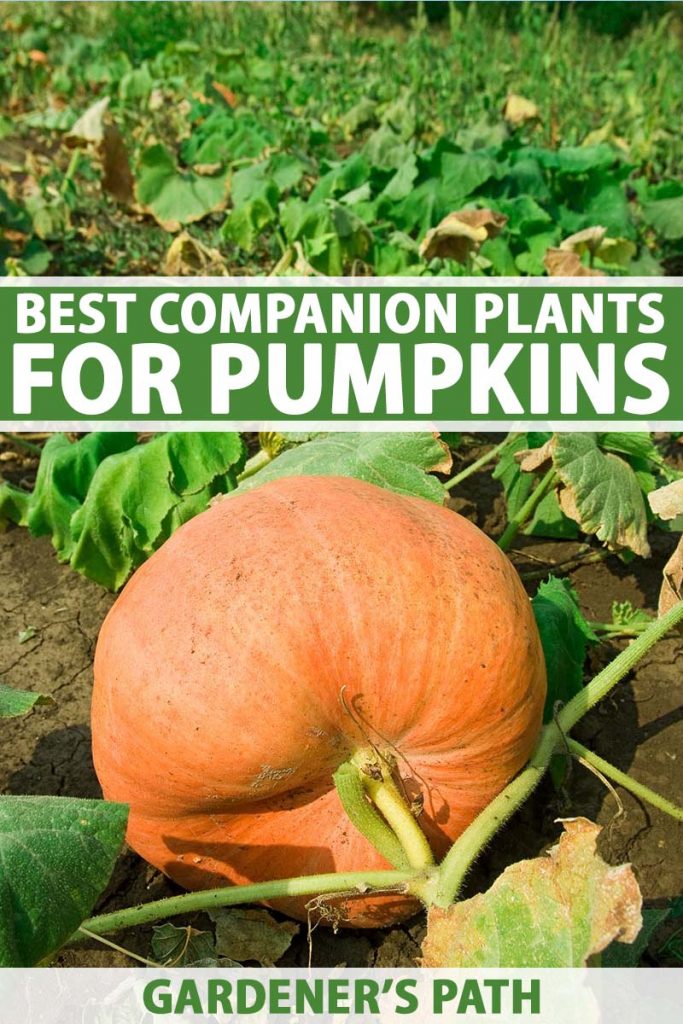
- Spinach: Spinach helps to suppress weeds and it also helps to improve the drainage of the soil for potatoes.

- Tomatillos: Tomatillos help to repel pests that can damage potatoes, such as aphids and potato beetles.
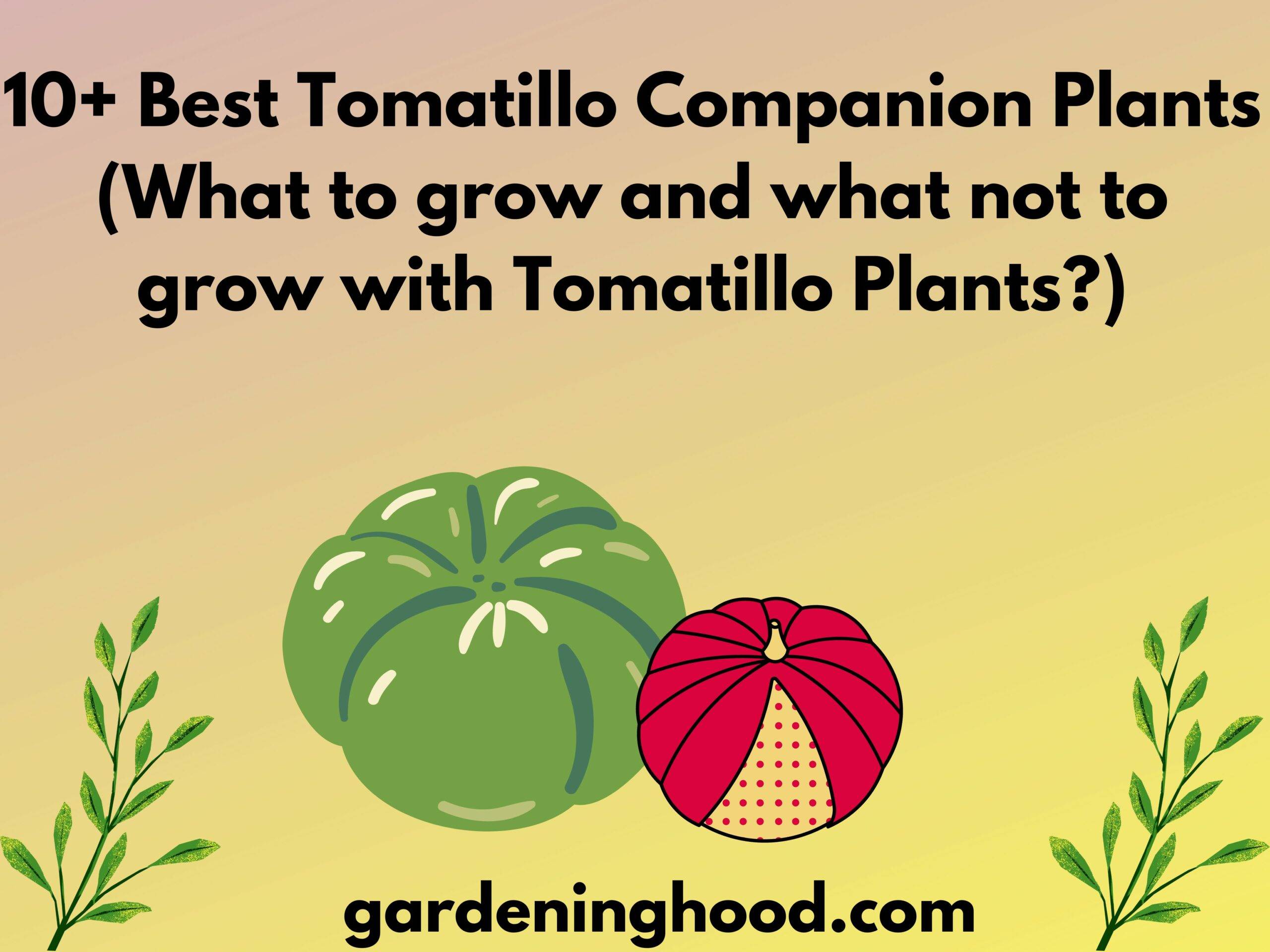
Post a Comment for "The Best Companion Plants For Potatoes"